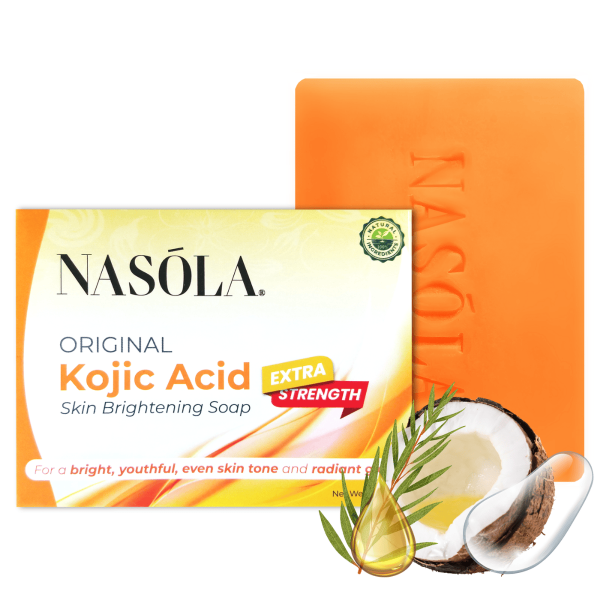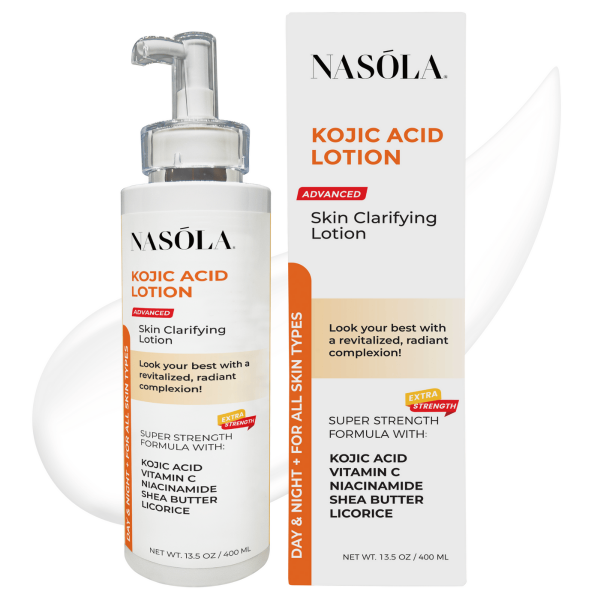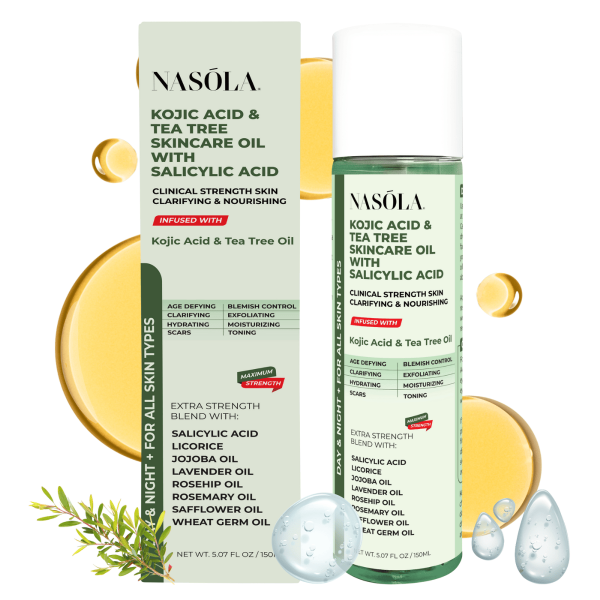Tea tree moisturizer might just be that one product missing from your daily routine—especially if your skin has been acting out lately.
Acne? Oil-slick T-zone? Random flare-ups that seem to come from nowhere?
Yep, we’ve all been there.
The surge in popularity of tea tree oil comes as no surprise—nature’s own purifying agent has been sneaking into serums, masks, and yes, moisturizers with a purpose.
People are looking for gentler, more effective options, and tea tree delivers.
In today’s post, we’re breaking down everything you need to know about finding your perfect tea tree moisturizer.
We’ll walk you through the benefits of tea tree blends, how to choose the right product for your skin type, and the smartest ways to apply them.
And lucky you—we’ll highlight some powerhouse solutions from Nasola, like the Kojic Acid Tea Tree Skincare Bio-Oil, Kojic Acid Lotion, and Kojic Acid Soap.
Let’s find your glow-up, shall we?
- What Is a Tea Tree Moisturizer and Who Should Use It?
- Choosing the Right Tea Tree Oil Moisturizer for Acne-Prone Skin
- Why a Tea Tree Oil Face Moisturizer Can Help Control Oil and Reduce Redness
- Benefits of a Moisturizer with Tea Tree Oil for Daily Use
- How to Apply Tea Tree Oil Moisturizer for Face Correctly
- Is Tea Tree Oil a Moisturizer or Better as an Additive?
- Salicylic Acid: The Perfect Ingredient Partner for Tea Tree Moisturizer
- Conclusion
- Frequently Asked Questions
What Is a Tea Tree Moisturizer and Who Should Use It?
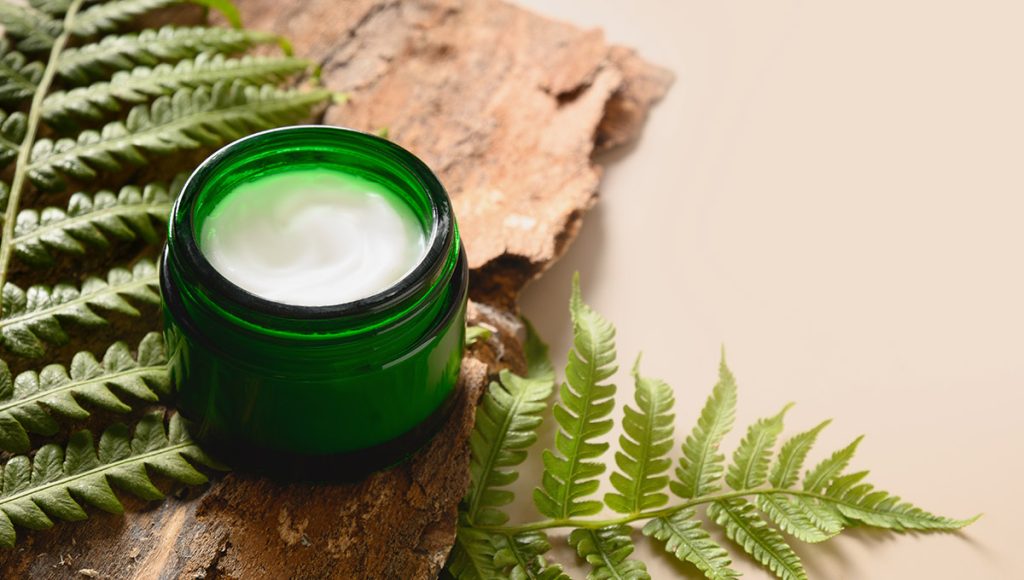
So, what exactly is a tea tree moisturizer, and why is it making waves?
A tea tree moisturizer is a skin-nourishing formula that includes tea tree oil—known for its astonishing antibacterial, antifungal, and anti-inflammatory properties.
Unlike regular moisturizers that simply hydrate, a tea tree moisturizer helps fight acne, balance oil production, and reduce redness.
It’s designed especially for those of us dealing with oily, blemish-prone, or sensitive skin in need of a calming reset.
This unique formulation often combines other powerful ingredients to level up results—like kojic acid for brightening, salicylic acid for exfoliation, or even niacinamide for barrier repair.
These combos create a more holistic approach than just slapping straight tea tree oil on your face (been there… tingled way too much).
Let’s go deeper:
Ingredient Spotlight: Salicylic Acid
When paired with tea tree oil, salicylic acid becomes a power player for clear skin. This oil-soluble beta hydroxy acid digs deep into pores, flushing out built-up dirt and sebum and preventing future breakouts. It’s gentle yet thorough, making it great for daily use.
An ideal example is the Nasola Kojic Acid Tea Tree Skincare Bio-Oil with Salicylic Acid. This multitasking, non-greasy oil not only treats acne but offers calming with every drop. Think of it as your pre-moisturizer serum if you’re layering products.
Benefits at a glance:
- Clears clogged pores without stripping skin
- Combines acne-fighting tea tree oil with exfoliating salicylic acid
- Lightweight, fast-absorbing texture
- Great for everyday clarity without dryness
Who Should Use Tea Tree Moisturizer?
You might love a tea tree moisturizer if you:
- Have oily or combination skin
- Struggle with occasional or chronic acne
- Experience redness or irritation after active breakouts
- Prefer natural alternatives over harsh chemical treatments
A tea tree oil moisturizer like Nasola’s bio-oil formula delivers not just maintenance, but visible improvement. It feels like skincare with intention—because it is.
Choosing the Right Tea Tree Oil Moisturizer for Acne-Prone Skin

Ah, breakouts. Sometimes big (why is there a mountain on my chin?)… sometimes small (but why are there so many?). If you battle persistent blemishes, a tea tree oil moisturizer might just become your new favorite.
These moisturizers offer antibacterial protection while hydrating skin—a must in acne care. Too many people go overboard with drying spot treatments, and their skin gets more inflamed.
Tea tree balances that tightrope: clarifying yet calming.
Keep this in mind… picking the right one matters. Especially when other powerful ingredients join the formula.
Product Recommendation: Nasola Kojic Acid Soap
Cleaning your face properly is a crucial first step. The Nasola Kojic Acid Soap doesn’t just cleanse—oh no—it actively purifies the skin’s surface, targeting bacteria while also brightening dark spots with kojic acid.
Why it’s a game-changer:
- Kojic acid fades post-acne spots and scars
- Tea tree oil actively kills acne-causing bacteria
- Gentle for daily cleansing
- Pairs perfectly with bio-oil and moisturizer
Follow it with your tea tree-infused moisturizer and your skin won’t just feel fresh—it’ll look more even-toned and clearer over time.
Ingredient Highlight: Kojic Acid
This natural compound, derived from fermented rice, blocks the formation of melanin. That means fewer dark spots and a more even complexion.
Paired with tea tree oil?
Chef’s kiss.
Perks of kojic acid in your routine:
- Targets discoloration at the source
- Helps reduce visibility of acne scars
- Works synergistically with antimicrobials like tea tree oil
- Safe for daily use in well-formulated products
Why a Tea Tree Oil Face Moisturizer Can Help Control Oil and Reduce Redness
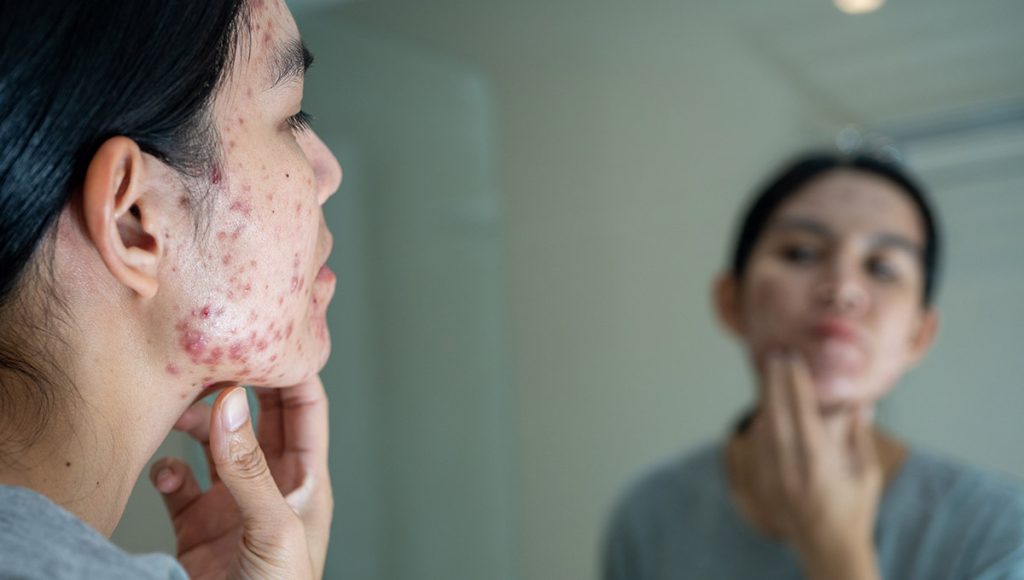
If your skin gets shiny by 2 p.m. or turns tomato-red with the slightest irritation, then YES—a tea tree oil face moisturizer is what your routine has been screaming for.
Tea tree oil face moisturizers do more than hydrate. They absorb fast, don’t clog pores, and give skin a chance to rebalance without triggering more sebum production.
No streaky residue. No icky film.
And redness? Tea tree’s soothing properties help calm angry skin, particularly after breakouts.
Product Recommendation: Nasola Kojic Acid Lotion
Try using the Nasola Kojic Acid Lotion after washing your face. It’s infused with kojic acid and tea tree oil, yet feels like a dream—fast-absorbing and non-comedogenic.
Why we love it:
- Lightweight, breathable formula
- Reduces oiliness without dryness
- Brightens dull, uneven skin over time
- Non-greasy, perfect under SPF or makeup
Ideal Uses for Tea Tree Face Moisturizers
Let’s break it down:
- Use daily after cleansing to reduce shine
- Great for warm, humid climates
- Helps calm redness from acne or overstimulation
- Perfect base layer for simple 3- or 4-step skincare routines
Keep it simple. Keep it clear.
Benefits of a Moisturizer with Tea Tree Oil for Daily Use
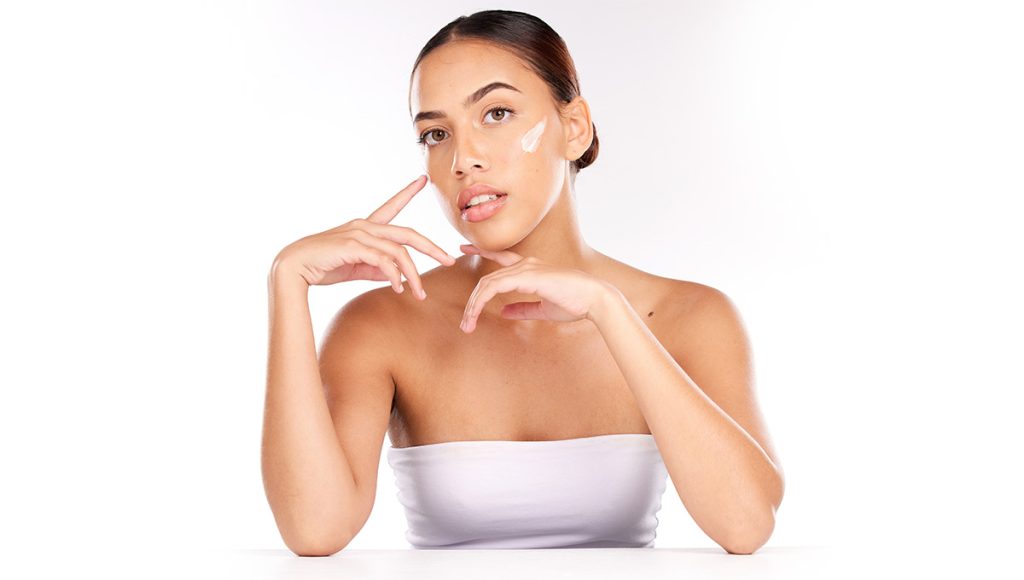
Raise your hand if you want clearer skin but don’t want a 12-product routine 🙋🏼♀️
A moisturizer with tea tree oil offers daily skin support—hydrating without the heavy, treating without irritation. It wears well alone or as the final step in a more detailed routine. And guess what? It’s not just for breakouts…
Tea tree’s anti-inflammatory powers make it ideal for smoothing texture, clearing clogged pores, and even soothing those little mystery bumps that aren’t quite acne.
3-Step Routine Using Nasola Products
If you’re tired of guessing what to use and when—here’s a road map:
- Wash with Nasola Kojic Acid Soap
- Treat with Nasola Kojic Acid Tea Tree Skincare Bio-Oil
- Moisturize with Nasola Kojic Acid Lotion
Ingredient Highlight: Vitamin E (if applicable)
Vitamin E adds antioxidant protection and helps heal damaged skin. When used alongside tea tree and kojic acid? A brilliant trifecta.
- Reduces the appearance of scars
- Fights free radicals that age skin
- Helps preserve moisture levels
- Supports long-term skin integrity
Skincare doesn’t have to be complicated—it just has to work.
How to Apply Tea Tree Oil Moisturizer for Face Correctly

Using your tea tree oil moisturizer for face the right way? Total game-changer. It’s not just about slathering on the product. There’s an art to it.
The right method helps maximize impact, minimize waste—and avoid possible irritation.
Here’s how to do it seamlessly.
Best Application Method for Sensitive or Acne-Prone Skin
Here’s your cheat sheet:
- Start with a clean face (use Nasola Kojic Acid Soap)
- While skin is slightly damp, apply a few drops of Nasola Bio-Oil
- Wait 30 seconds, then seal with Nasola Lotion
Avoid raw tea tree oil! It’s too strong undiluted. With these formulas, you’re letting pros do the balancing act for you.
Ingredient Highlight: Hyaluronic Acid (if applicable)
Often paired in supportive formulas, hyaluronic acid offers the hydration tea tree oil may lack on its own. It sinks in fast and won’t clog pores.
Benefits:
- Deep moisture without greasiness
- Balances natural oil production
- Helps reduce flaking or post-treatment dryness
- Keeps skin looking plump and fresh
Is Tea Tree Oil a Moisturizer or Better as an Additive?
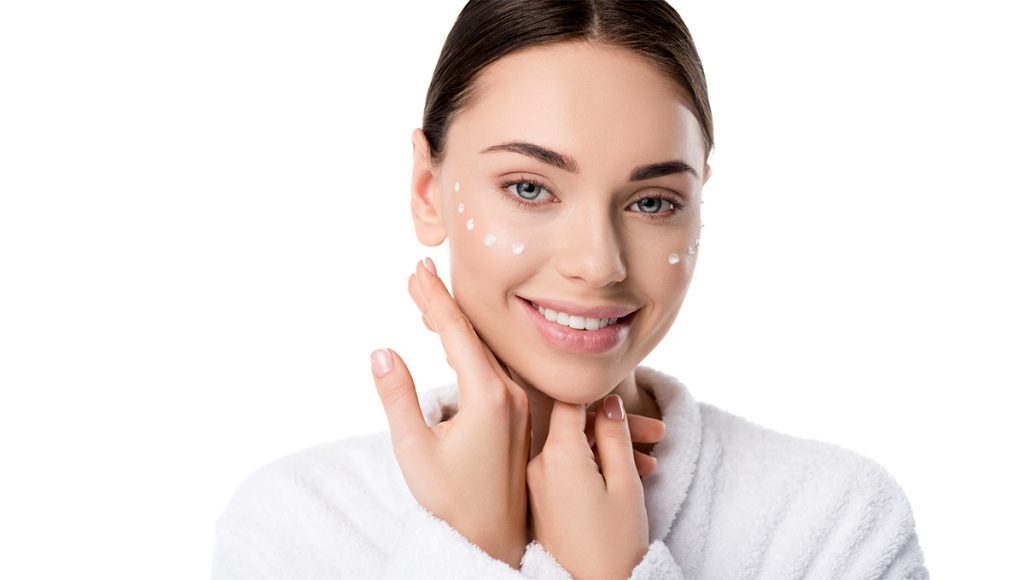
You’ve probably heard someone say “just use tea tree oil directly!” But is tea tree oil a moisturizer… or just an ingredient? Let’s clear that one up.
Tea tree oil isn’t a moisturizer. On its own, it can be quite drying—and even irritating if applied raw.
But when blended professionally (and lovingly) into a product? That’s where the real magic happens. Tea tree oil shines as a featured additive in well-formulated creams or oils.
Why Proper Formulation Matters
DIY’s cute until your skin reacts. Instead, let’s stick to:
- Properly diluted tea tree oil combos (like Nasola does)
- Moisturizers enriched with other soothing ingredients
- Hydration helpers that balance tea tree’s natural sting
- Products that provide clarity and comfort (finally!)
The Nasola Kojic Acid Tea Tree Skincare Bio-Oil gets it right—salicylic acid + tea tree = a pre-moisturizer serum that wears like a silky cloak of calm.
Salicylic Acid: The Perfect Ingredient Partner for Tea Tree Moisturizer
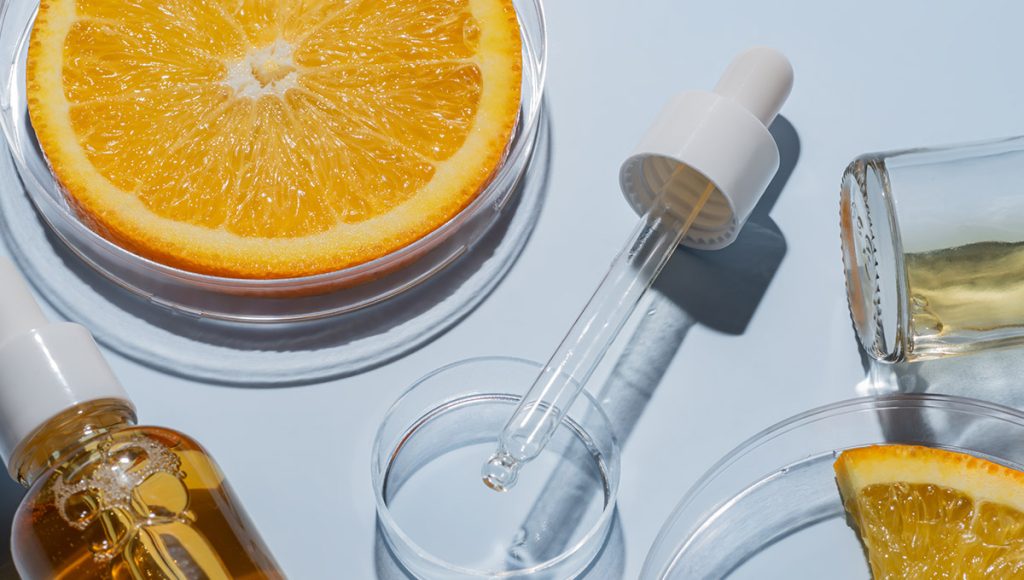
Pairing salicylic acid and tea tree oil in skincare? That’s like pairing espresso with oat milk. Each great on their own—but together? Chef’s kiss.
Salicylic acid is a globally loved acid for acne-prone skin, and when mixed with tea tree oil, it transforms how breakouts are managed.
Benefits of Salicylic Acid + Tea Tree Oil
This pairing:
- Clears blackheads and whiteheads faster
- Gently exfoliates dead skin and reduces texture
- Calms inflammation and fresh pimples
- Helps other actives, like kojic acid, work even better
You’ll find this dream duo in Nasola’s Kojic Acid Tea Tree Skincare Bio-Oil. Consider using it under moisturizer or only on affected zones.
Conclusion
Incorporating a tea tree moisturizer into your skincare isn’t just smart—it’s a little bit revolutionary, especially if you’re tired of struggling with acne, oiliness, or irritation.
By choosing thoughtfully formulated products, you’re giving your skin both clarity and comfort.
From daily dryness to breakouts that just won’t quit, products like Nasola Kojic Acid Tea Tree Bio-Oil, Nasola Kojic Acid Lotion, and Nasola Kojic Acid Soap offer a layered, results-driven way to support your natural glow.
Because your skin deserves gentleness—and results. Ready to give your routine a tea-tree-powered upgrade?
Frequently Asked Questions
Yes! A blend of tea tree oil and kojic acid, like in the Nasola Bio-Oil, helps fade acne scars, dark marks, and hyperpigmentation while managing active breakouts.
Tea tree oil is best used as an active ingredient. It’s not a moisturizer by itself and may cause irritation if applied pure. Opt for blended options like the Nasola Kojic Acid Lotion instead.
Start once daily, then increase to twice if no irritation occurs. Products like Nasola’s lotion are gentle enough for regular use and layer well under sunscreen or makeup.
Try a cohesive 3-step kit using Nasola Kojic Acid Soap, Bio-Oil, and Lotion. This addresses cleansing, treatment, and moisturization without harshness.
Yes. Products like Nasola’s Kojic Acid Lotion absorb fast, leave no residue, and make a smooth, matte base for your foundation.
Not when it’s in a balanced formula with hydrating ingredients such as glycerin or hyaluronic acid—common in Nasola’s products.
Absolutely. Tea tree oil calms inflammation, making Nasola’s lotion perfect for reducing red spots and irritation from acne.
Yes, when diluted properly in quality products. Always patch test, but Nasola’s line is suitable for sensitive users starting slow.
Nasola products focus on clean, skin-friendly, and cruelty-free formulations—good for your routine and your values.
You can, but use caution. Alternate days or apply tea tree-based products like Nasola Bio-Oil during mornings and other actives at night to avoid irritation.


